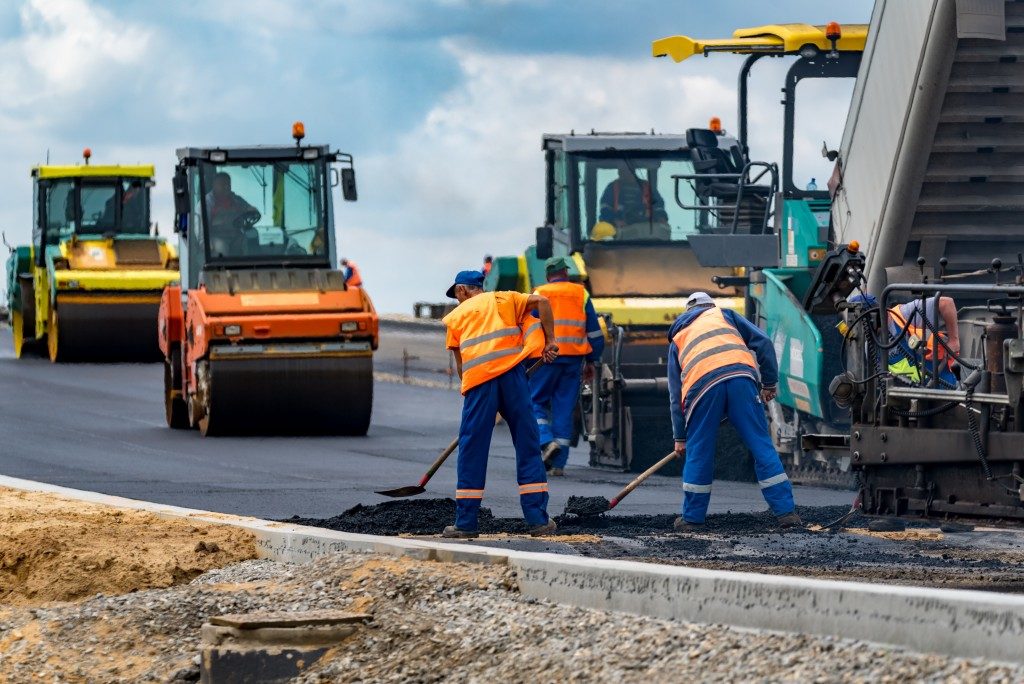Road surfaces have had an interesting journey from the early Roman roads to the metropolitan strips we see today. They’re critical to any urban center for easy travel, and any roads facilitate the smooth transfer of goods, people, and other materials necessary for our modern society to work.
One of the things that determine how good a road can be is what it’s paved with. This question has followed any concrete paving company in Kansas City, the asphalt mixers in Chicago, all the way to the cement manufacturers in Minnesota. There are two popular options available today: concrete and asphalt.
Asphalt
Widely used in all roads and pavements since 1920, asphalt is one of the most common materials you can see in any urban center today. Made with a mixture of minerals that are aggregated with a bitumen binder, it’s highly likely that the road outside your place is layered with asphalt.
Why is this so? You might ask. Well, asphalt’s main advantage in comparison to any other paving material is its low cost. Since the mineral aggregates are very easy to find and the binding mix is easily applied, the material has been approved for use on most major highways and roads since it was marketed. Due to its availability in our cities, it’s also easier to repair since the materials are easily accessible.
However, the main disadvantage of asphalt is that it can succumb easily to high-volume traffic, especially consistent routes where the loads can easily crack the surface. Since it’s also very aggregated as a building material, it also tends to be more sensitive to weather changes than other paving materials; therefore, requiring careful timing when it’s placed and renovated to prevent a substandard result.
Concrete

While normally considered a building material rather than a paving material, concrete has seen a steady rise when it comes to its use on our roads. While the mixture may be similar to the one used in construction, road concrete is often mixed with other additives to increase efficiency when it comes to its use, reduce water requirement, and other benefits for the road.
The biggest advantage of concrete as a paving material is its durability. Accounting for the mixture and the aggregated material used as a base, concrete paving is stronger, can hold its shape together, and can be grooved to provide an additional skid-resistant surface. Other additives in the mixture can also help by retaining groundwater and making the surface easier to maintain through certain processes such as diamond grinding.
However, this is offset by the slightly higher initial cost of construction. While concrete can be durable, it also needs a longer time to set. This can be a disadvantage in high-traffic roads that can’t afford to be closed down for repairs for too long.
So, these are the two paving materials you can use for your projects. As always, it’s best to consult with a professional if you’re not entirely sure which type of material to go for. A reliable paving contractor can provide the quality service, material, and equipment you need for your project.




